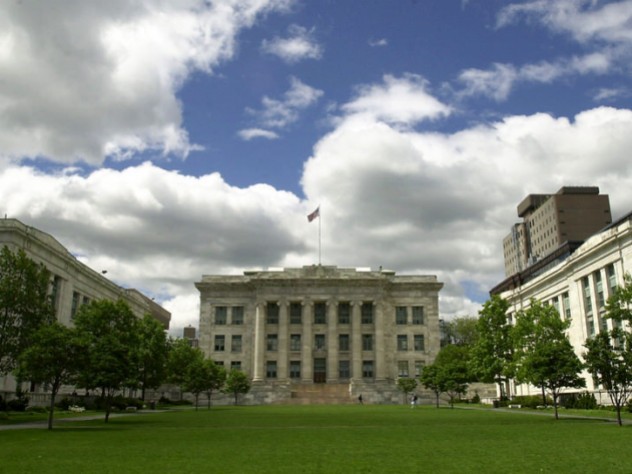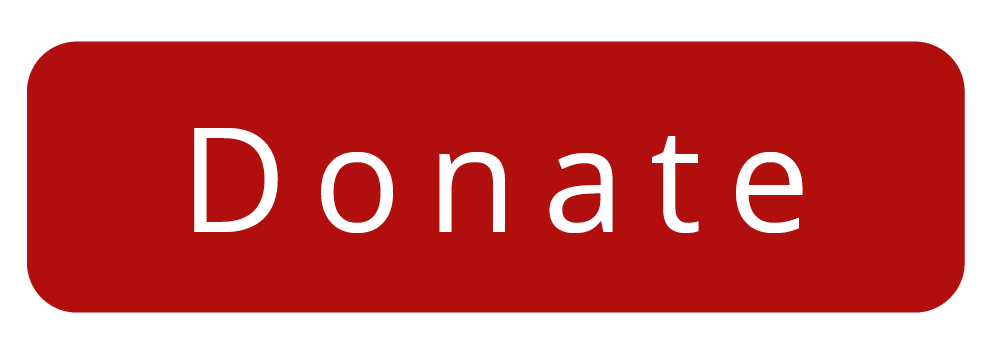Behind the Scenes: Writing About COVID-19
Editor Jonathan Shaw recounts how “Cooperating to Combat Coronavirus” came together.
Friday afternoon, February 21, 1:00 p.m.: a press release about the novel coronavirus arrives via email from the Medical School—embargoed for release Sunday at midnight, so I have 48 hours to put together a story before the news is released to the public. I have postponed writing about the epidemic for several weeks, given the lack of good data. But Harvard’s announcement is straightforward: University and Chinese researchers will collaborate to develop strategies for fighting the novel coronavirus. I’m offered interviews, late in the afternoon and into the evening, with three of the Harvard scientists who will be involved. It’s obvious I won’t be catching my usual commuter train home this evening. I alert my wife about the late arrival, but don’t mention the writing ahead. I know this stuff, because I have written about it before: features on the SARS epidemic and inflammation, for example. Writing for Harvard Magazine gives me the opportunity to learn from some of the best teachers in the world. Every story of this kind that I’ve written has been like a master class, no matter how difficult the subject.
To prepare for the interviews I’ve already re-read my SARS story; already looked up the current whereabouts of one of my favorite interview subjects from that time; already experienced a sense of déjà vu about the similarities between this outbreak and the SARS outbreak of 2002-2003. Still, I am not prepared for what I learn when I call Michael Farzan in his office at Scripps Research in Florida and hear that this really is SARS 2, a close cousin of the virus that caused the earlier epidemic. (Why have I not read this in the press, I wonder?)
“You probably don’t remember me,” I begin. “Of course I remember you,” booms Farzan enthusiastically. “That was a great article!” I remember meeting him at his home in 2006, and the hours he spent explaining what makes viruses tick, and talking about the many mentors who taught him all that he knows. Because working at Harvard Magazine enables me to immerse myself in a topic and spend a great deal of time interviewing subjects, I was the beneficiary of tremendous intellectual generosity that afternoon, and I’ve never forgotten it. The groundwork he and epidemiologist Marc Lipsitch laid during the reporting of that long-ago story would now pay off a second time as I tackled a story about the front-line science for fighting SARS-CoV-2.
My writing strategy was simple: do it when no one else is awake, and don’t let it interfere with weekend plans to split wood. The wood, I knew, would keep me calm and focused, and I had until Sunday to write the story. Friday night I woke a little after midnight. Everything I’d learned in the interviews that afternoon and evening was swirling around in my head, keeping me awake. I got up and put all the most important material from each interview into one document. After further sleep, I awoke at dawn and crafted an introduction, made an outline of the article in my head, and then put the computer away for the day. Sunday morning I wrote some more—and thought of taking a break to split wood—but the finish line was in sight, so I kept going. What made this story special was that the writing felt like a public service. My job was simple: be the link between the scientists doing the work and Harvard Magazine readers. Getting it published at midnight was a pleasure—not so very unlike splitting wood.
Read “Cooperating to Combat Coronavirus.” <

